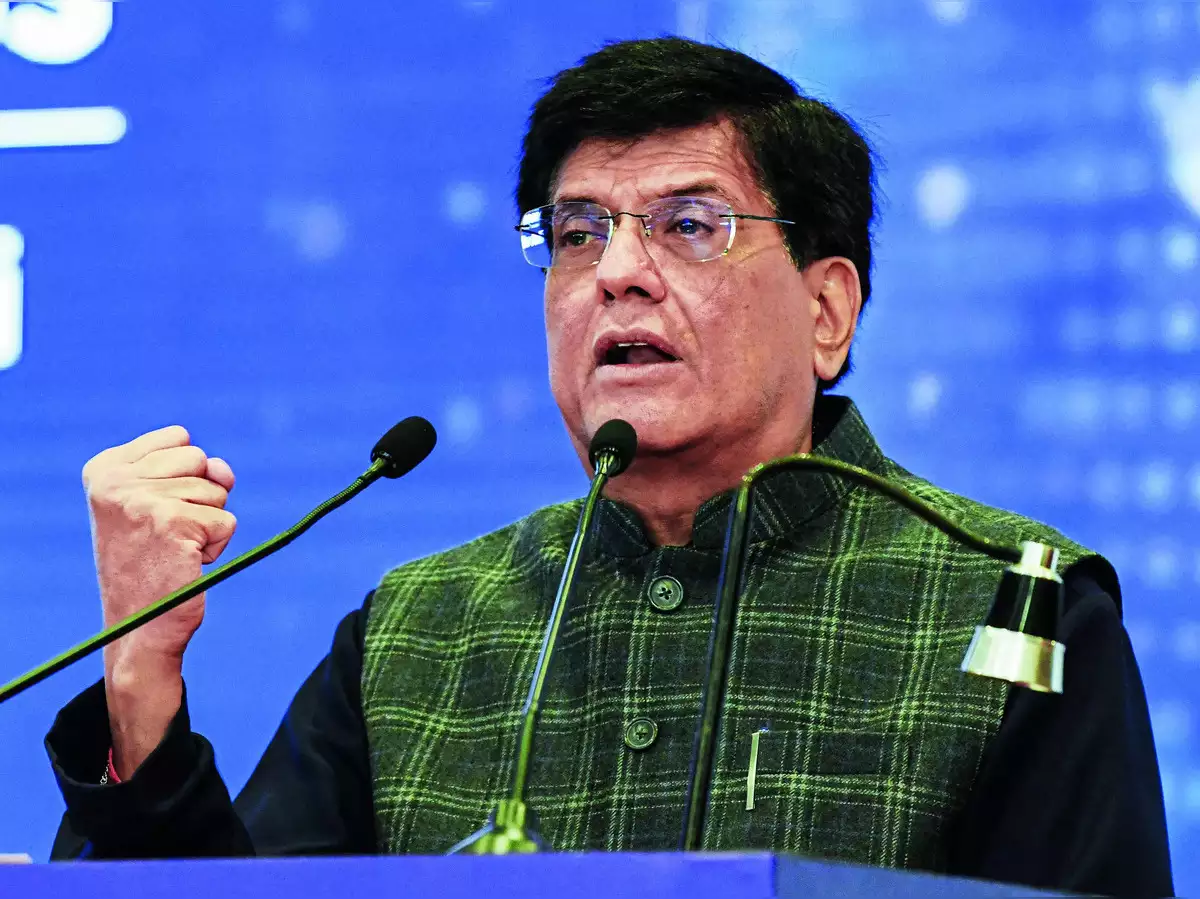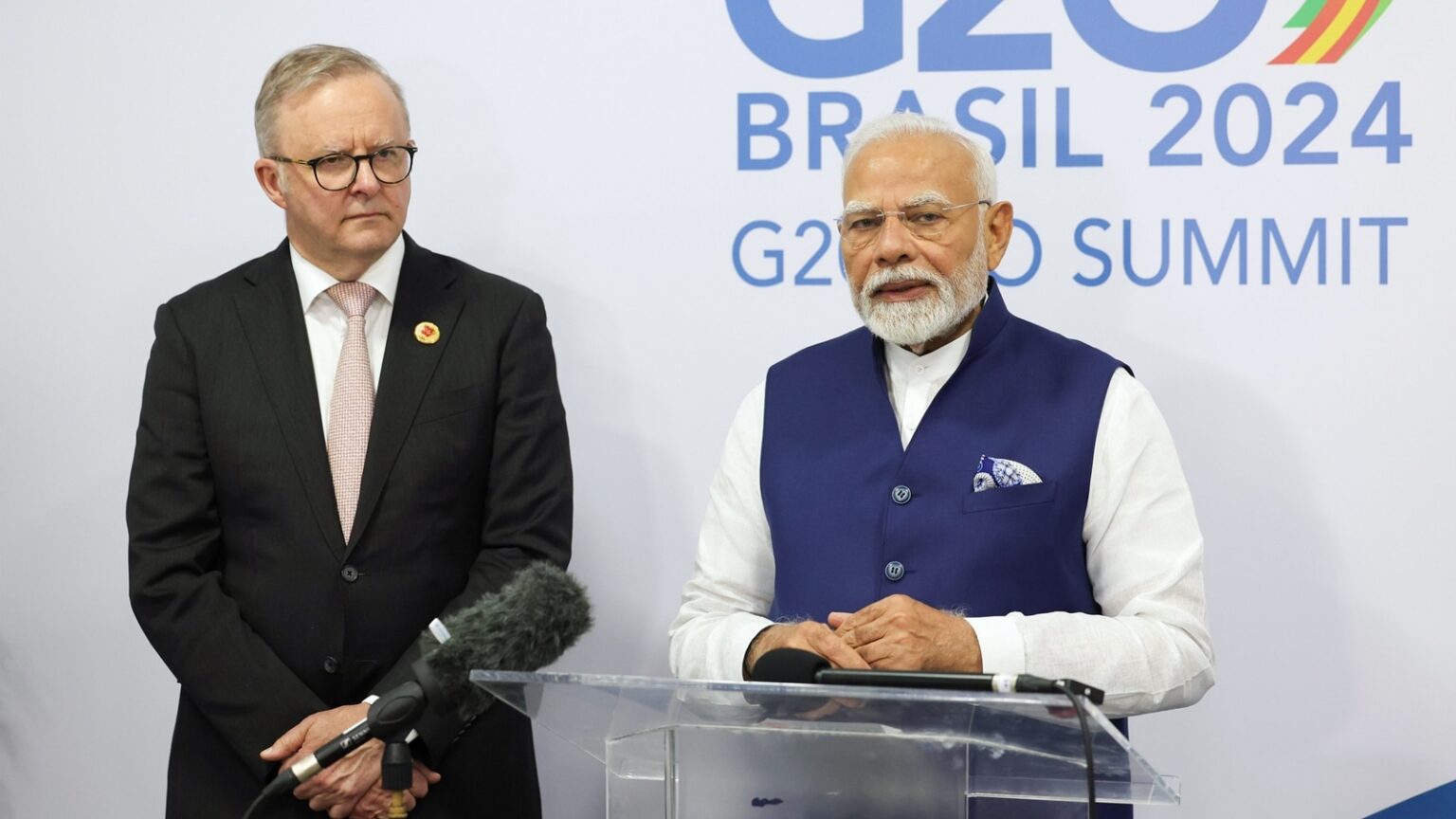The India-Australia Economic Cooperation and Trade Agreement (ECTA), operational since December 29, 2022, has significantly enhanced bilateral trade between the two nations. In its first full fiscal year (2023-24), India’s merchandise exports to Australia increased by 14.23% year-on-year, reaching $7.94 billion. Imports from Australia during the same period decreased by approximately 15%, totaling $16.15 billion.

Source:- bbc news
The agreement’s utilization rates further underscore its effectiveness. Data indicates an export utilization rate of 79% and an import utilization rate of 84%, reflecting the active engagement of businesses in both countries with the ECTA framework.
Source:- bbc news
Key sectors such as textiles, chemicals, and agriculture have experienced substantial growth under the ECTA. Notably, there has been diversification in exports, including products like gold studded with diamonds and turbojets. Imports of essential raw materials, such as metalliferous ores, cotton, and wood products, have supported India’s industrial sectors, highlighting the mutually beneficial nature of the agreement.
Building on this success, India and Australia are negotiating a more comprehensive trade agreement, the Comprehensive Economic Cooperation Agreement (CECA). With ten formal rounds of discussions completed, both nations aim to deepen economic integration and achieve a bilateral trade target of AUD 100 billion by 2030.
The ECTA has strengthened economic ties between India and Australia, fostering increased trade, diversification of export products, and enhanced market access for various sectors. As both countries work towards the CECA, the foundation laid by the ECTA is expected to facilitate even greater economic collaboration and mutual prosperity.
Share your views in the comments

